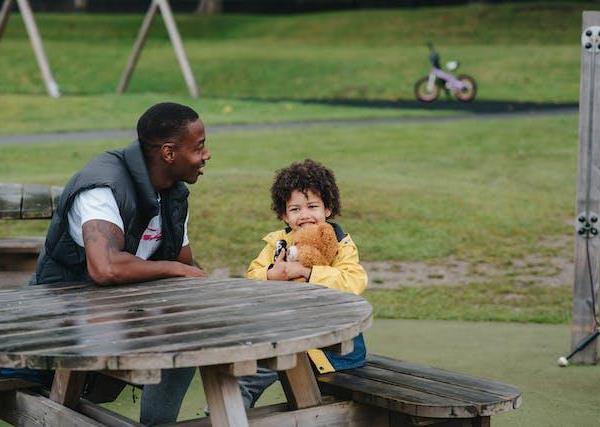Challenges:
1. Differing Parenting Styles: Living with family members from different generations means that each person may have different ways of being a parent. Dealing with these differences can be hard, but it's important to talk openly and be ready to agree on some things. 2. Privacy Concerns: Balancing the need for personal space and privacy in a multigenerational home can be tricky. Parents may find it essential to establish boundaries while still fostering a sense of togetherness within the family unit.3. Generational Gaps: It's important to connect with everyone in your family, even if they're from different generations. Getting along is easier when you understand and respect what each person cares about and thinks.
Benefits:
1. Shared Responsibilities: One of the significant advantages of multigenerational living is the ability to share responsibilities. Grandparents can provide valuable support, easing the burden on parents and creating a more collaborative parenting experience. 2. Cultural Enrichment: Multigenerational households often bring together diverse cultural backgrounds. This creates a rich tapestry of traditions, customs, and values, offering children a broader perspective on the world.3. Emotional Support: Having multiple generations under one roof can provide a strong support system during challenging times. Children benefit from the emotional security that comes from the consistent presence of grandparents, aunts, uncles, and other family members.
Tips for Successful Parenting:
1. Clear Communication: Establish open and clear communication channels within the household. Regular family meetings can be a platform to discuss concerns, and expectations, and find common ground on parenting approaches.2. Respect Individual Space: Recognize the importance of personal space for each family member. Establish boundaries that allow everyone to have private time while fostering a sense of shared living.
3. Celebrate Diversity: Embrace the diversity within the multigenerational household. Use cultural differences as opportunities for learning and enrichment, creating an environment where everyone's unique perspectives are valued.
4. Define Roles and Responsibilities: Clearly define roles and responsibilities to avoid conflicts. Discuss and allocate tasks such as childcare, household chores, and financial contributions to ensure a fair distribution of responsibilities.
Creating a Supportive Environment:
1. Emphasize Mutual Respect: Make sure everyone in the house treats each other nicely. It's important to value and understand everyone's thoughts, experiences, and wisdom. When we all respect each other, it helps us get along better as a family.2. Quality Time Together: Despite the challenges, multigenerational living allows for increased opportunities for quality family time. Establishing regular routines, such as family dinners or weekend outings, helps strengthen bonds and create lasting memories.
3. Education Across Generations: Take advantage of the wealth of knowledge within the household. Encourage grandparents to share their life experiences, stories, and skills with the younger generation. This intergenerational exchange of wisdom enriches the learning environment for children.
Handling Conflict:
1. Conflict Resolution Skills: Conflicts are inevitable in any living situation. Equip family members, both young and old, with effective conflict resolution skills. Teach the importance of active listening, empathy, and compromise to maintain a peaceful coexistence.2. Professional Guidance: If your family has ongoing problems, it might be helpful to talk to a family therapist or counselor. They can give good advice and ideas to improve how your family communicates and solve any underlying issues.
Financial Considerations:
1. Financial Planning: Multigenerational living can offer economic benefits, such as shared expenses and the pooling of resources. Collaborate on financial planning to ensure everyone's contributions align with the family's needs and goals.2. Long-Term Planning: Discuss long-term plans for the household, including potential changes in living arrangements as family dynamics evolve. Having open conversations about expectations and preferences can prevent misunderstandings down the road.
Adapting to Change:
1. Flexibility and Adaptability: Recognize that family dynamics evolve. Be flexible and adaptable to changes in responsibilities, living arrangements, and individual needs. This flexibility contributes to the resilience of the multigenerational household.2. Encourage Independence: While multigenerational living has its benefits, it's essential to foster independence in each family member. Encourage children to develop self-reliance, and support older family members in maintaining their autonomy.



